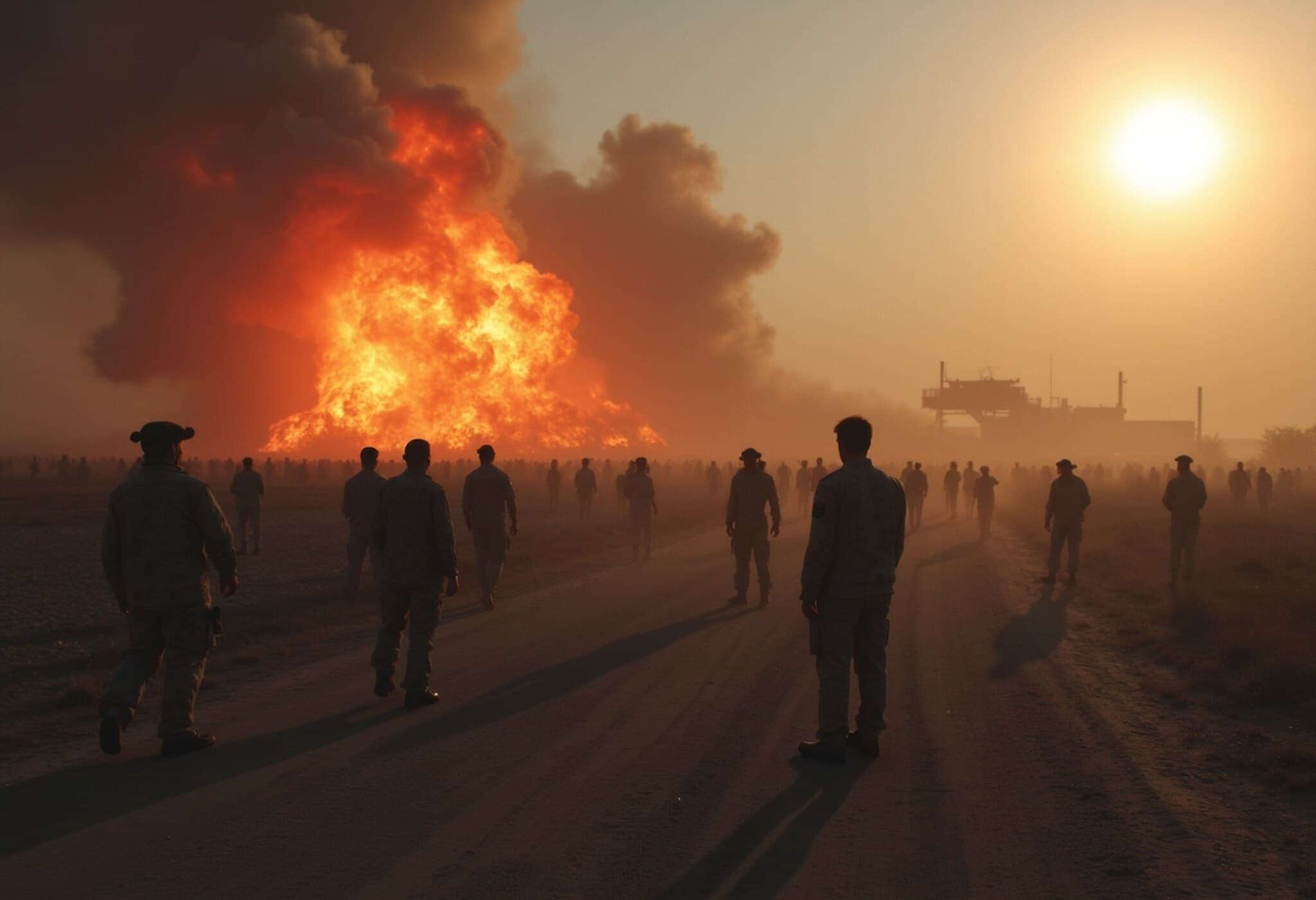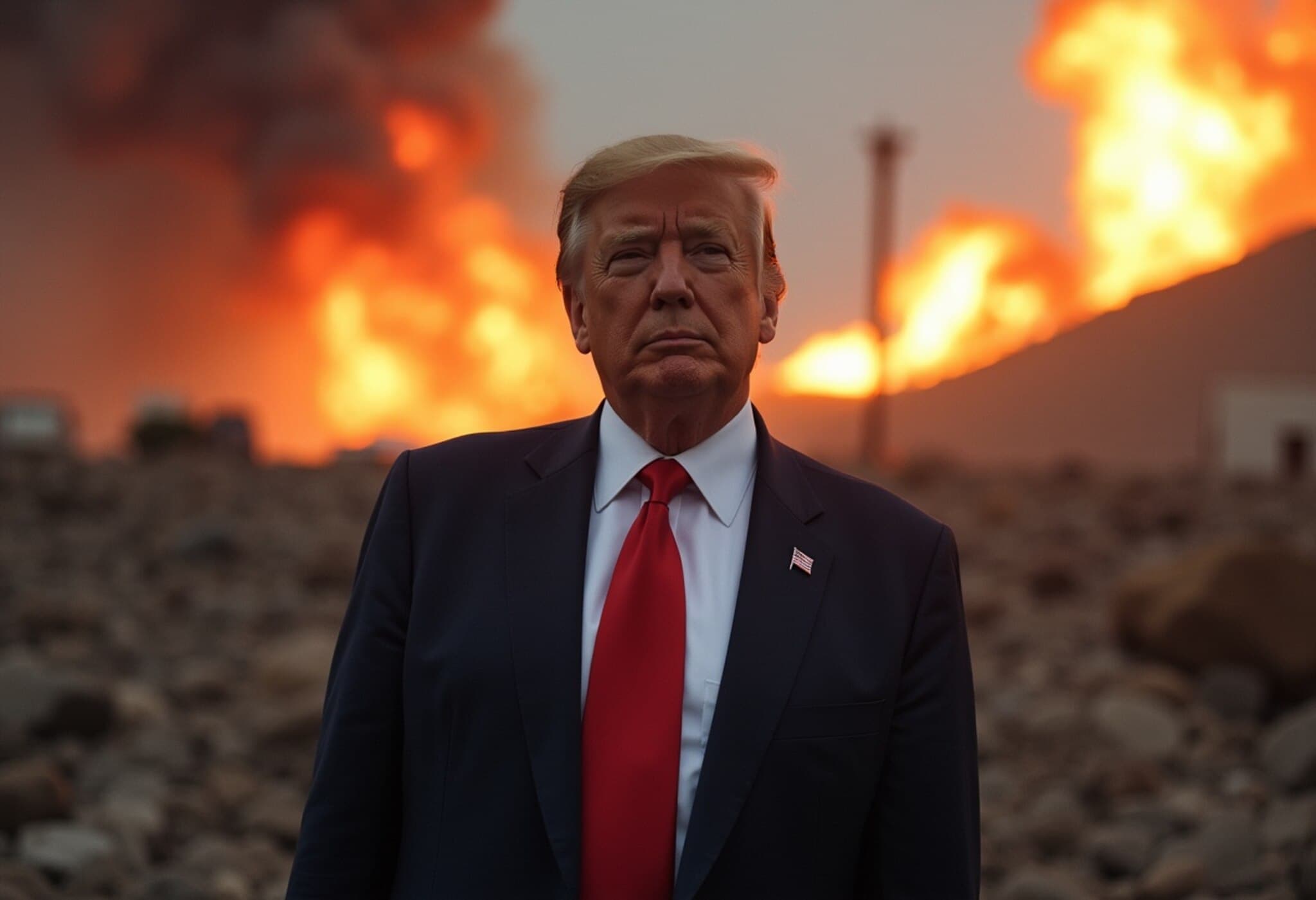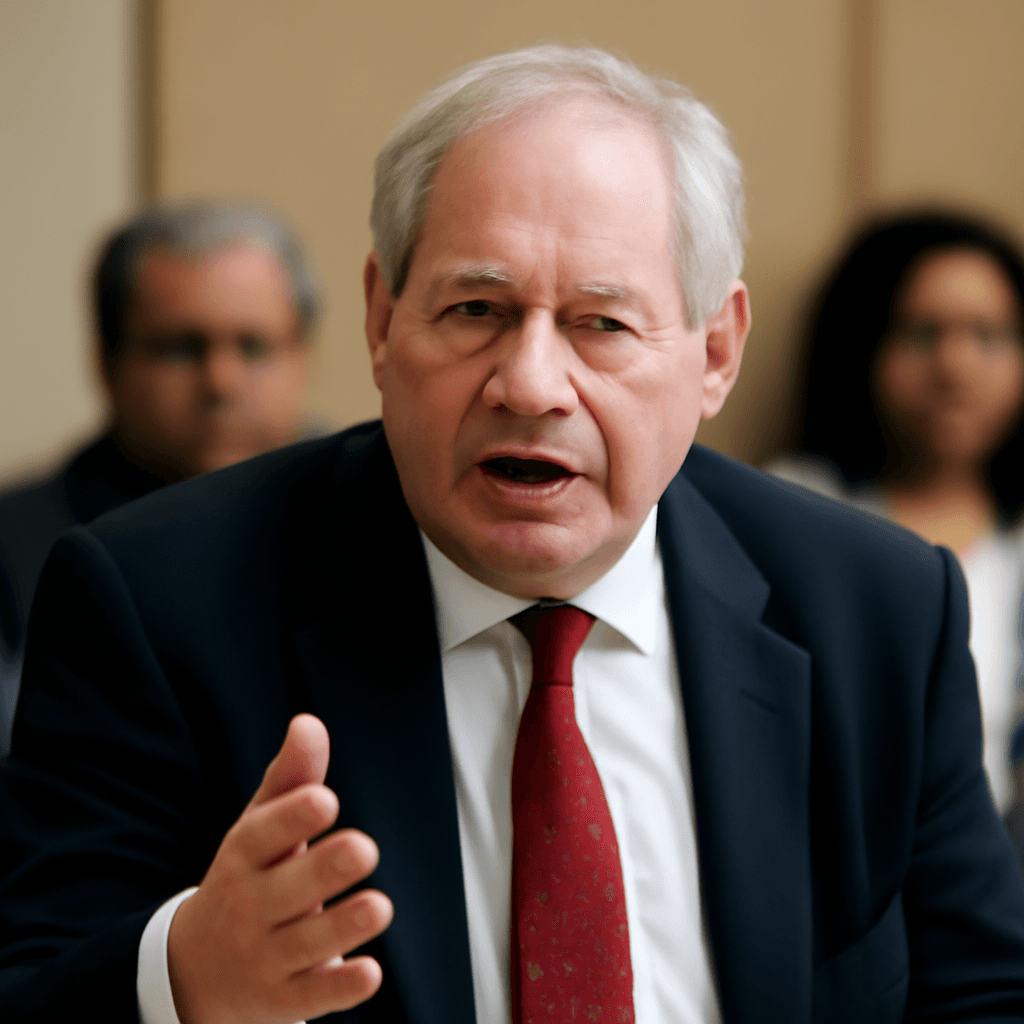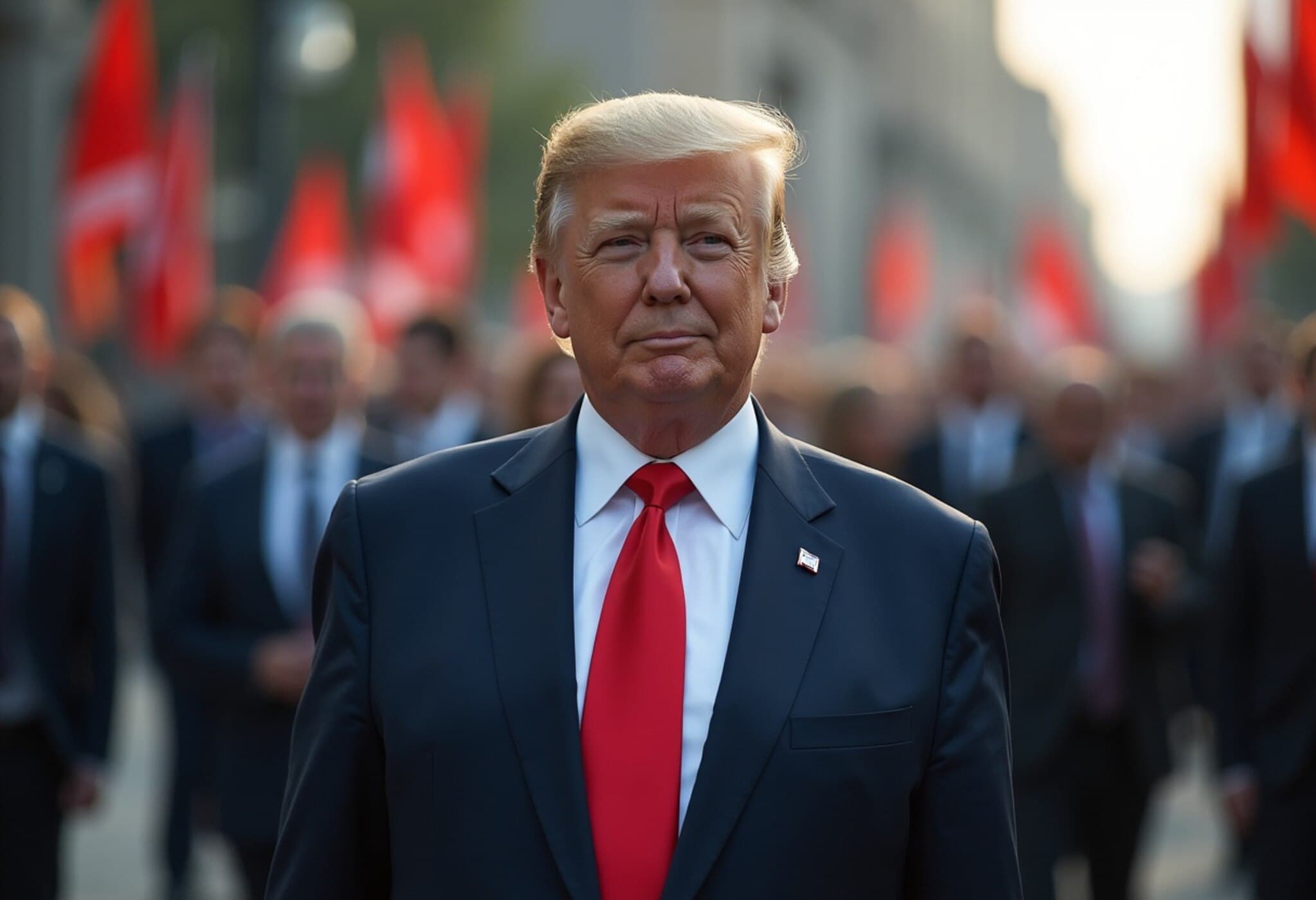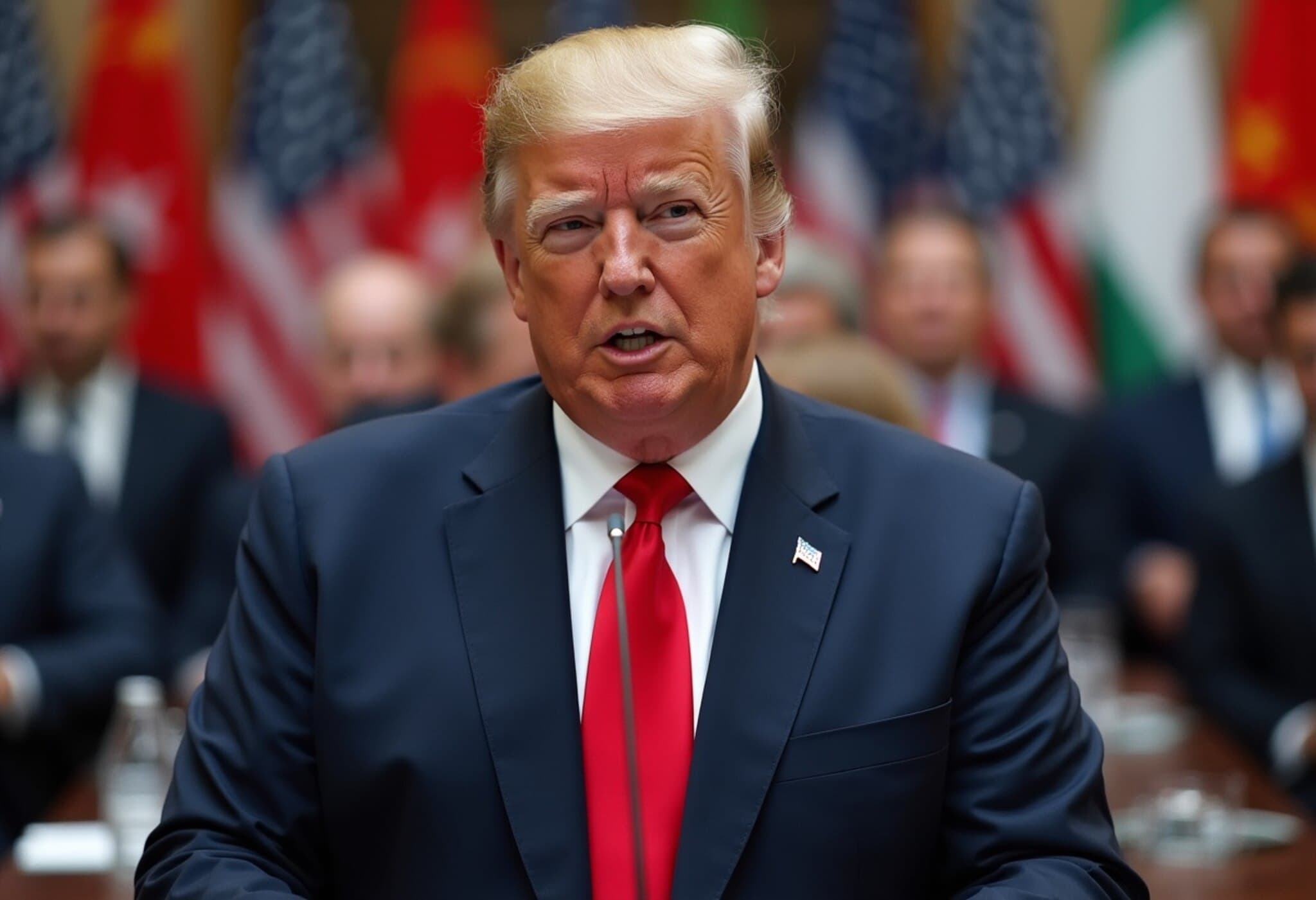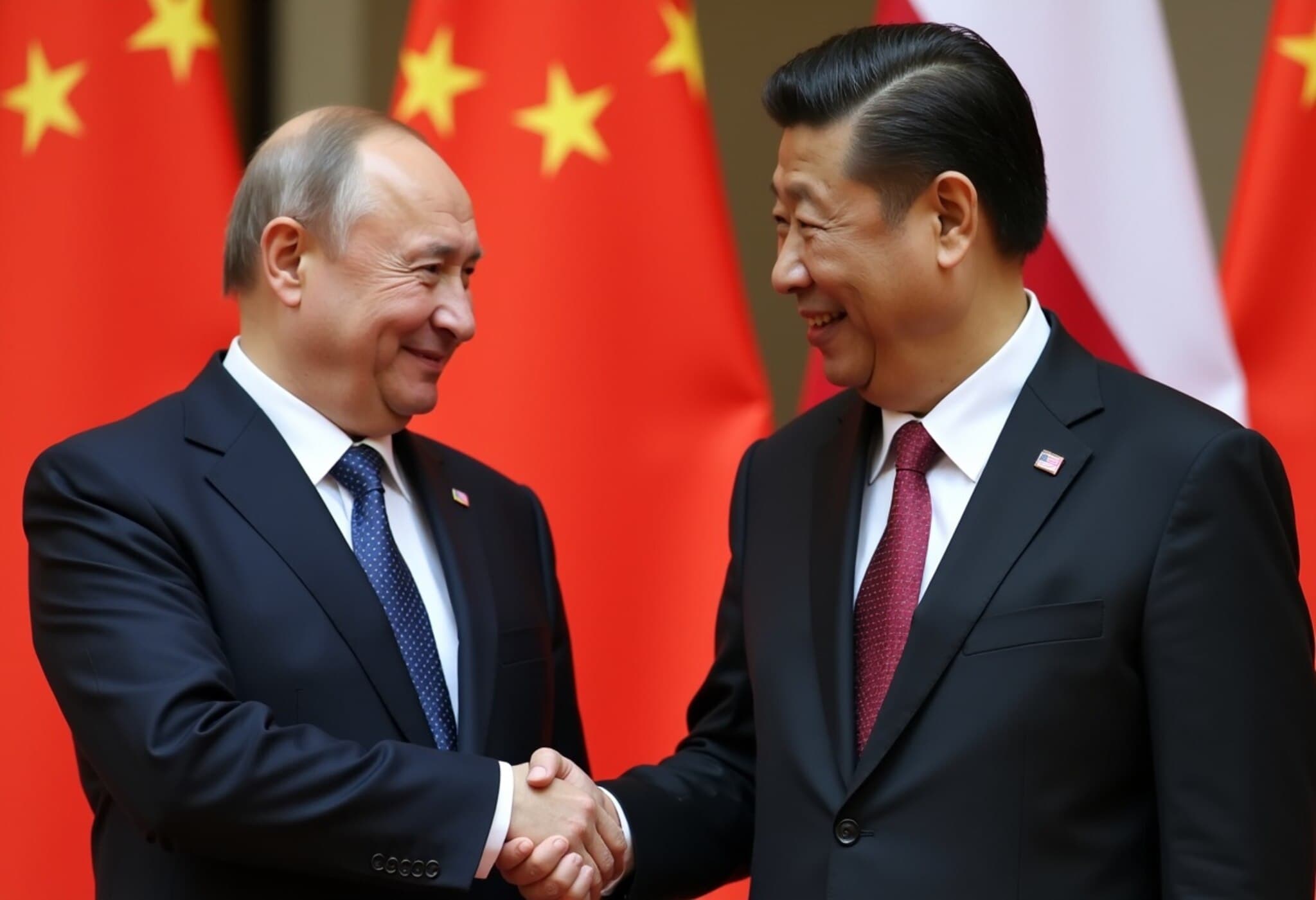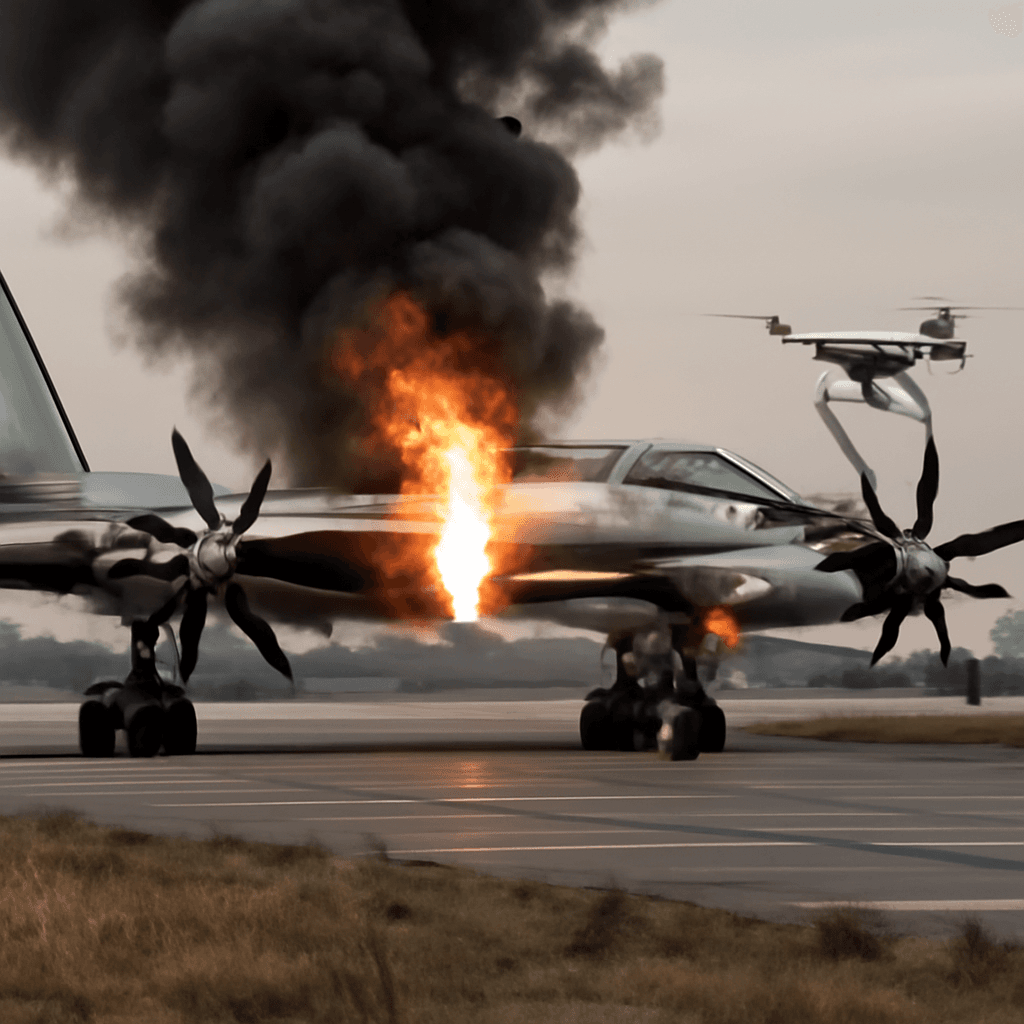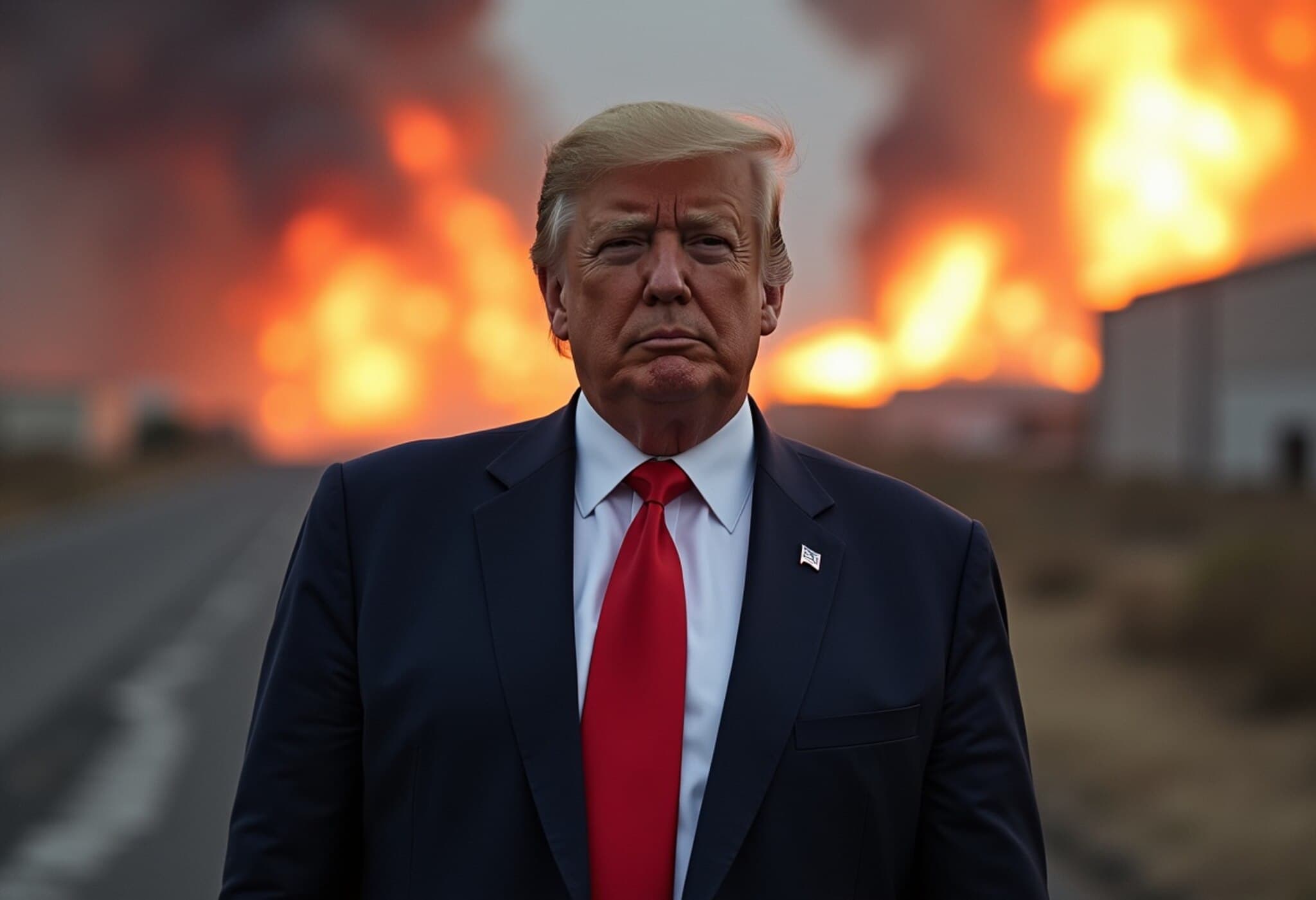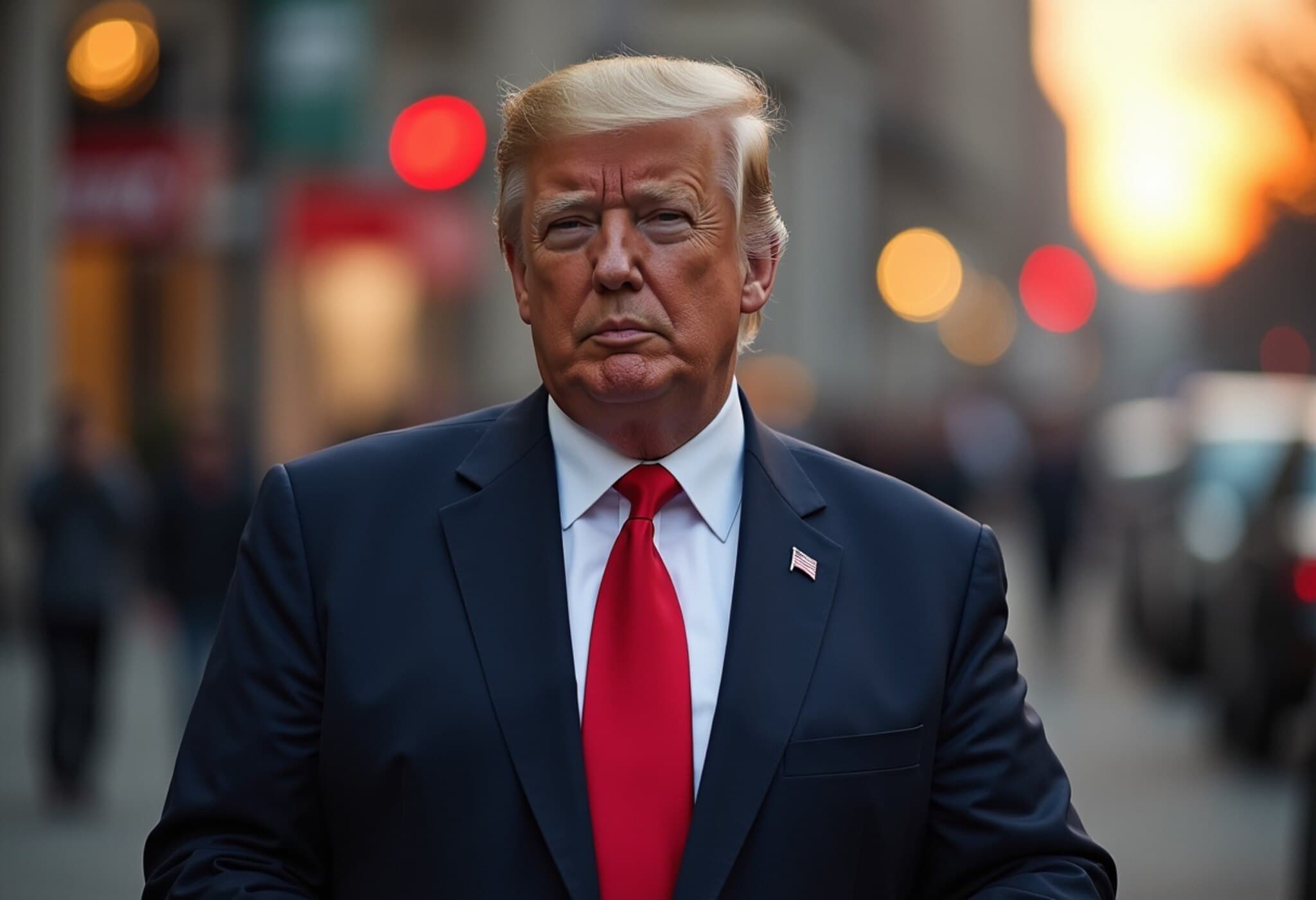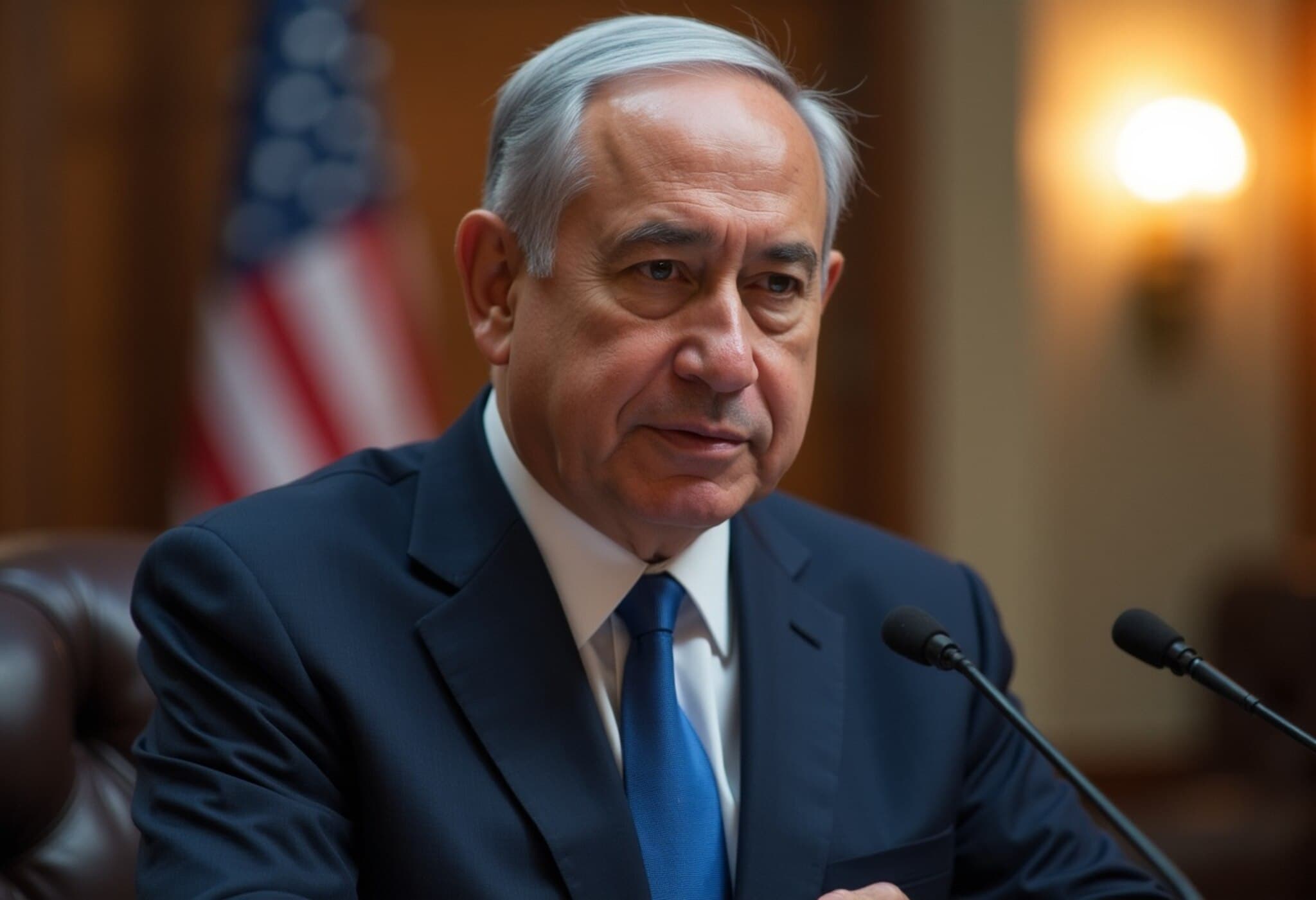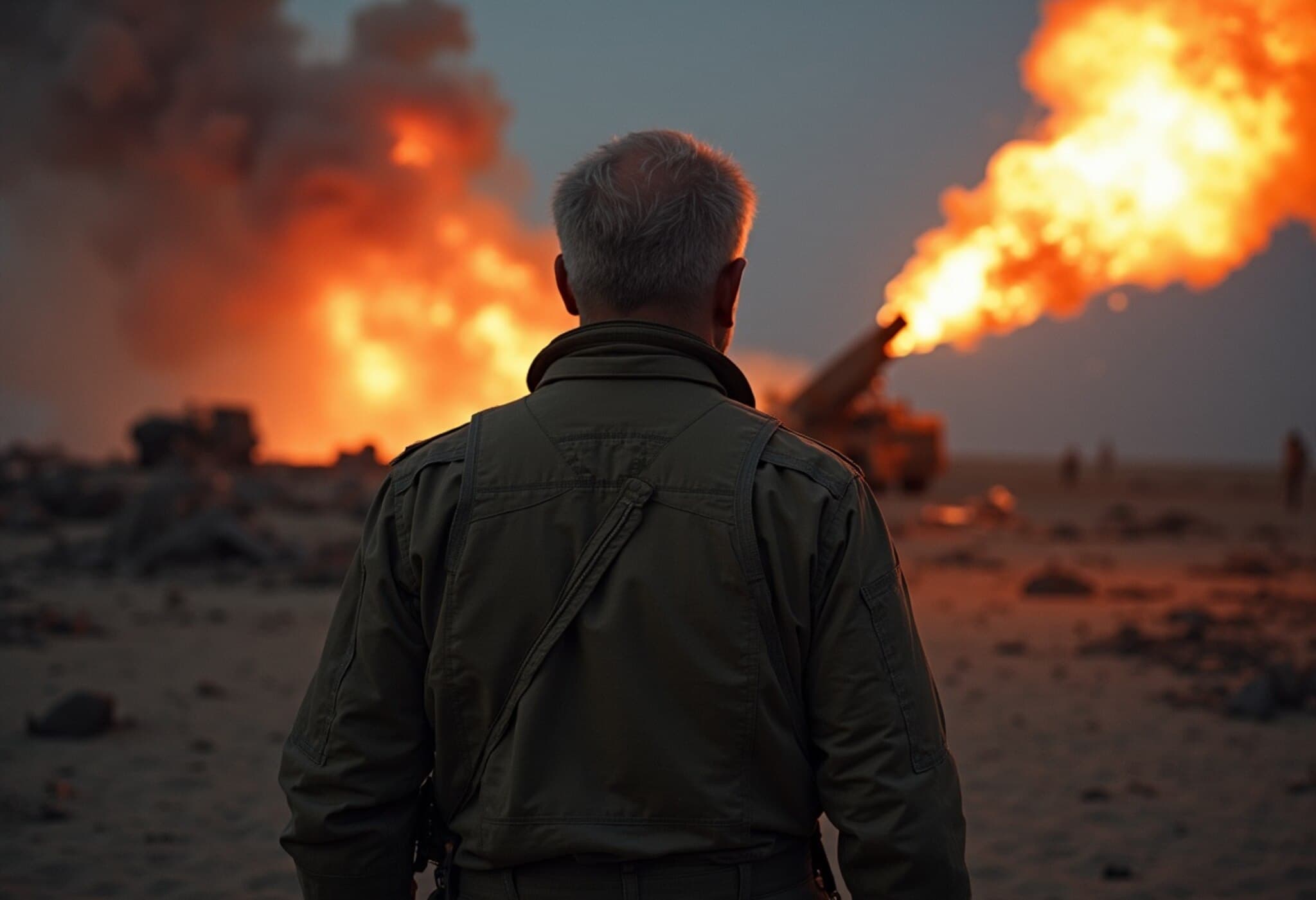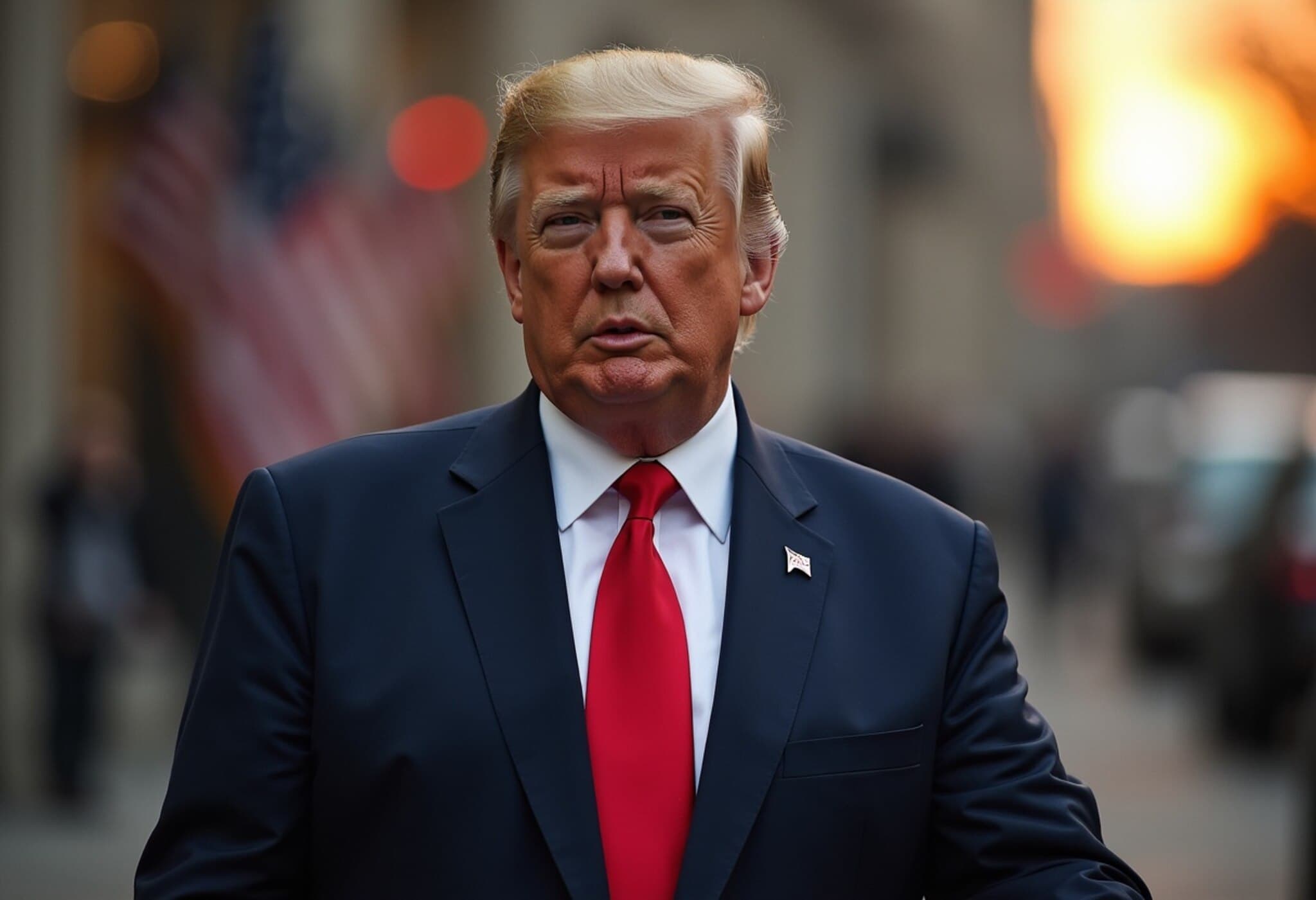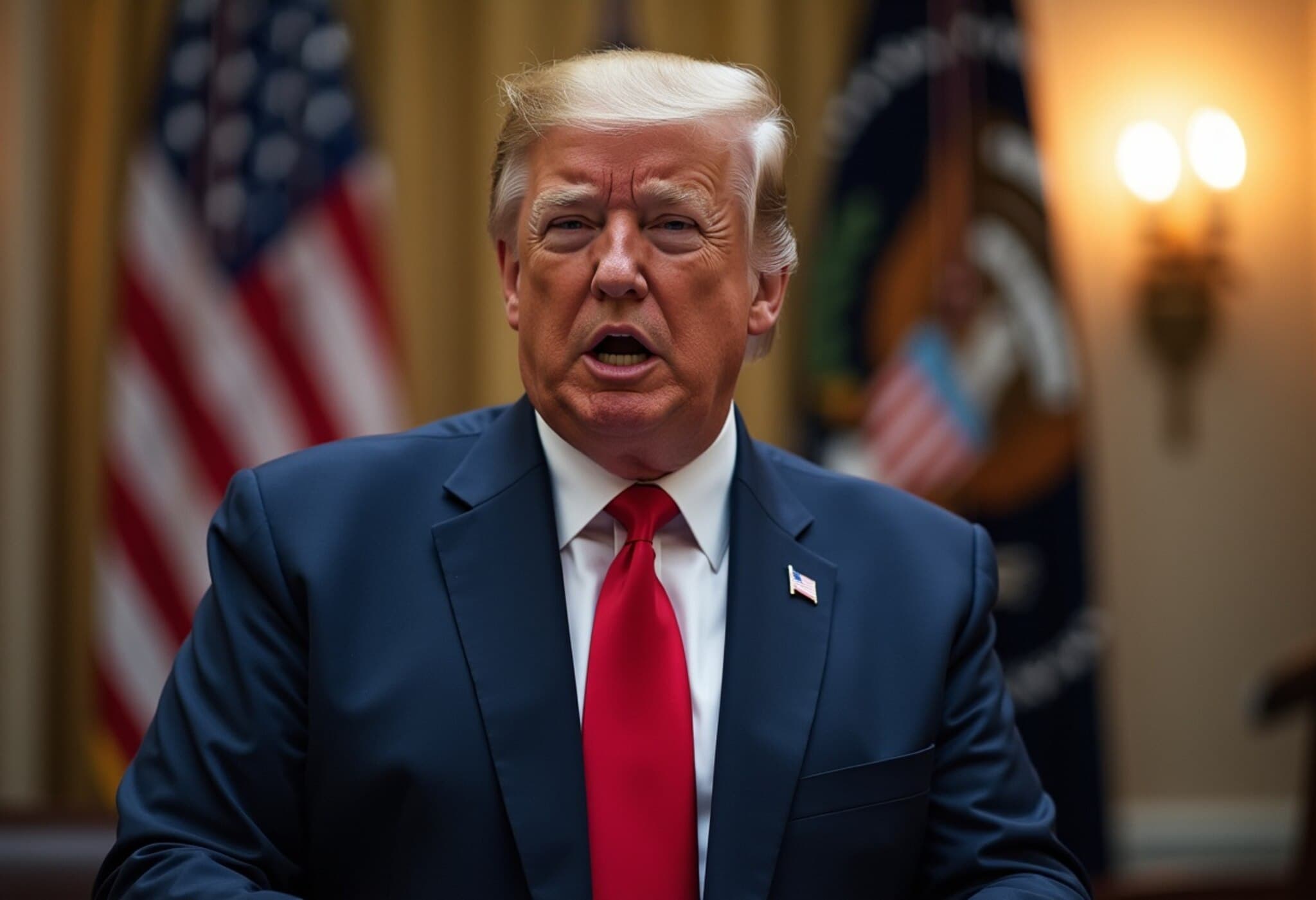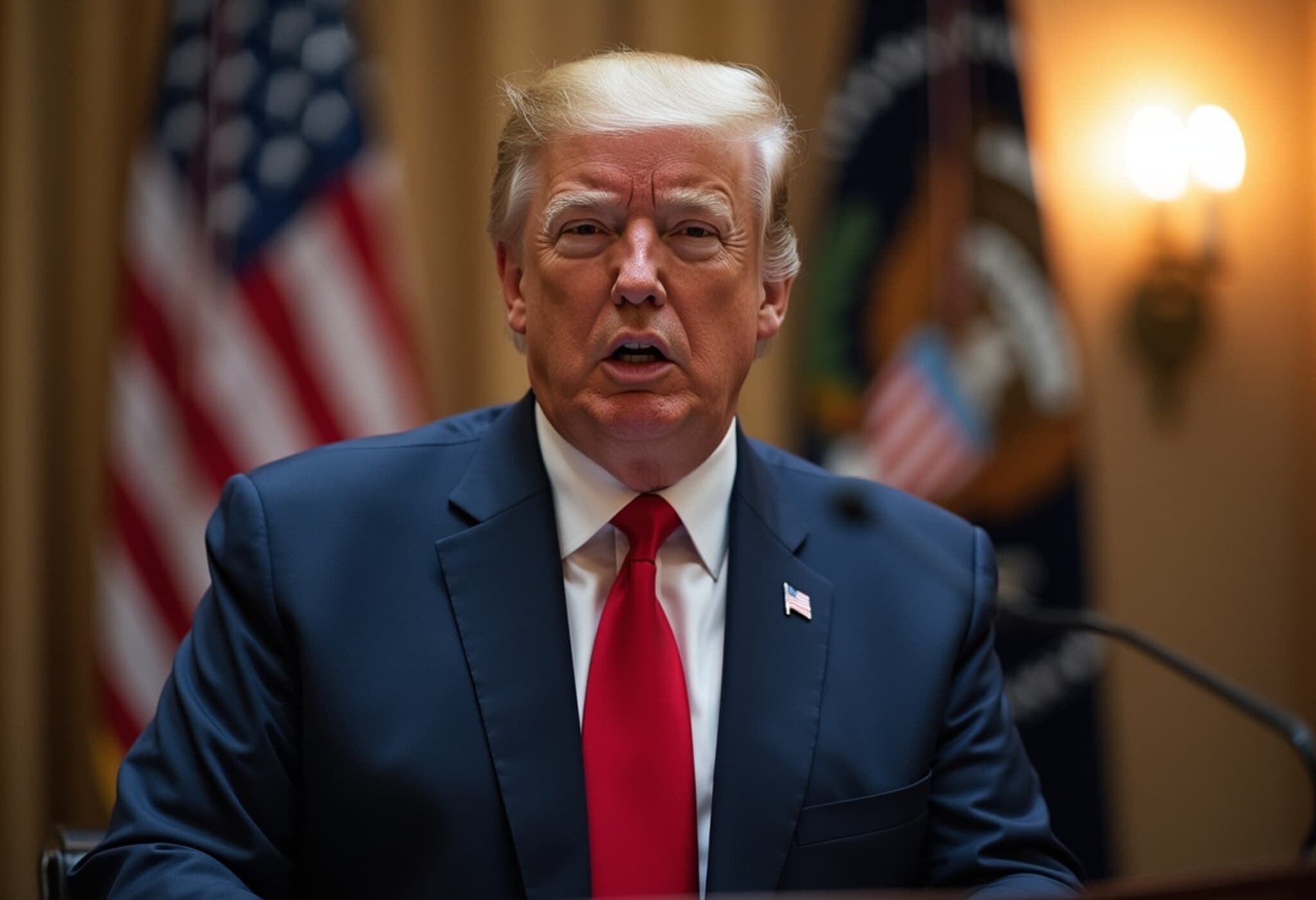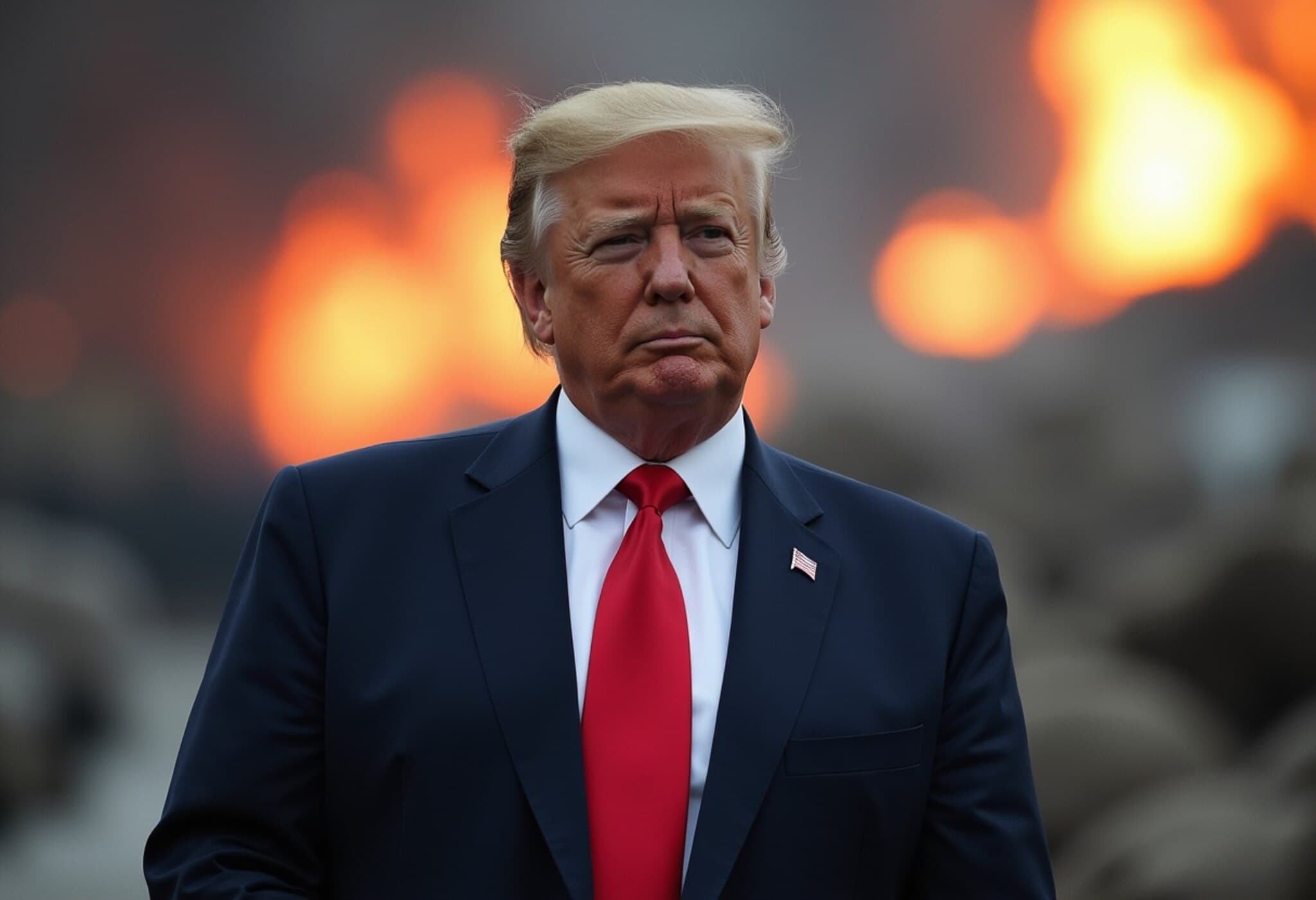Inside the US Secret Strike on Iran’s Nuclear Facilities
On June 21, 2025, the United States executed a covert military operation named Operation Midnight Hammer, targeting three critical Iranian nuclear sites: Fordow, Isfahan, and Natanz. This precision strike, carried out by B-2 stealth bombers, marked a significant escalation in tensions between the US and Iran, unfolding far sooner than many anticipated.
The Two-Week Timeline: A Strategic Veil
Just days before the strike, President Donald Trump publicly stated that he would decide “within the next two weeks” whether to intervene in the escalating Israel-Iran conflict. Yet, behind closed doors, plans for the airstrike were already nearing completion, shrouded in secrecy and limited to a select few in Washington.
According to senior military officials, the “two weeks” timeline functioned more as a strategic smokescreen than genuine hesitation. General Dan Caine, chairman of the Joint Chiefs of Staff, confirmed that only a handful of officials knew the operation's exact timing and details until shortly before execution.
The Bluff Behind the Dates
The public deadline was designed to mislead Iranian leadership, buying the US critical time to prepare the mission while maintaining diplomatic cover. A senior administration official described the statement as "our attempt to throw the Iranians off guard," yet acknowledged there was some truth in the delay as talks persisted.
Diplomatic Efforts and Military Preparation
Though the US remained open to diplomacy, efforts hit a dead end. Discussions between Iranian Foreign Minister Abbas Araghchi and European mediators failed to produce progress, leading US officials to escalate military readiness.
White House back-channels, led by the Middle East envoy Steve Witkoff, faced frustration due to Tehran’s inflexible stance, increasing pressure on the administration to act decisively.
Internal Debate and Final Approvals
Vice President JD Vance, an Iraq War veteran known for military caution, urged thorough evaluation before authorizing strikes. However, as Israel degraded Iran’s air defenses and secured air superiority, the operational window for a US strike widened significantly.
A select group of top officials—including Defense Secretary Pete Hegseth, CIA Director John Ratcliffe, Secretary of State Marco Rubio, Director of National Intelligence Tulsi Gabbard, and Press Secretary Karoline Leavitt—were briefed on the operation, fostering a rare sense of unity despite reports of dissension.
The Strike Unfolded
On the morning of June 21, the B-2 bombers took off undetected while President Trump was at his golf club in New Jersey. Vice President Vance was airborne returning from California, giving no hint of the imminent action.
Following the successful precision bombing, Trump returned to the White House, announcing the mission via his social media platform approximately 20 minutes after the strike concluded. The operation marked a public shift from earlier assertions that Israel had acted alone, with Trump later asserting that the US and Israel had achieved “complete and total control” of Iranian airspace.
No Single Moment of Decision
Officials revealed there was no sharply defined moment when Trump gave a definitive go-ahead. Instead, the decision emerged from ongoing strategic discussions and evolving assessments. Vance himself noted that the president held the right to abort the mission up till the final moments.
Balancing Politics and Strategy
Throughout the operation’s planning, White House advisers consulted conservative influencers from across the ideological spectrum to ensure the strike aligned with Trump’s political base. Despite initial skepticism from these figures, the president ultimately trusted his judgment that preemptive action was vital to prevent Iran from developing a nuclear weapon.
Conclusion
Operation Midnight Hammer demonstrates the interplay between public posturing and covert military strategy. By masking a near-ready strike with a diplomatic timeline, the administration aimed to balance deterrence, diplomacy, and rapid military response. The precision bombing of Iran’s nuclear facilities signals a decisive shift in US foreign policy, underscoring the persistent volatility of Middle East geopolitics.

